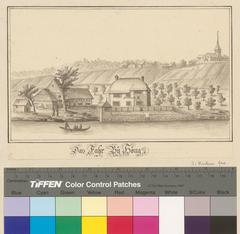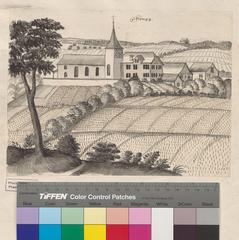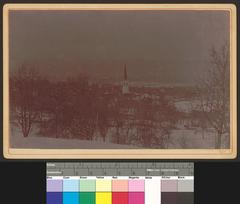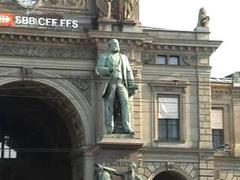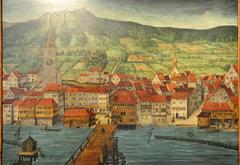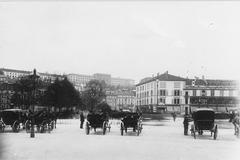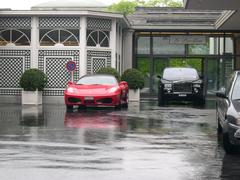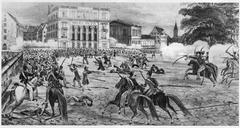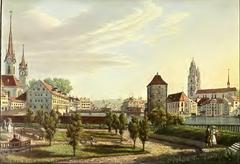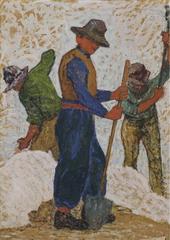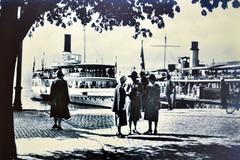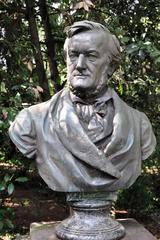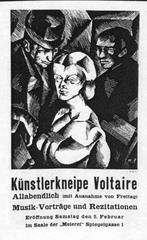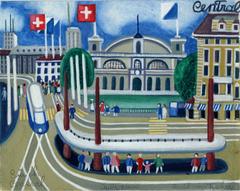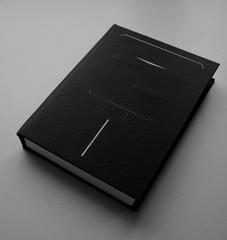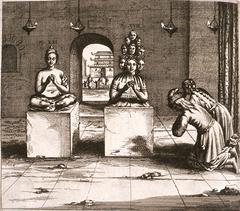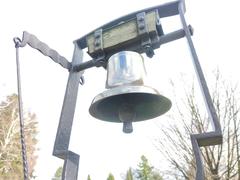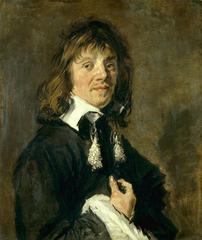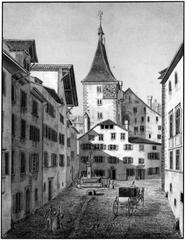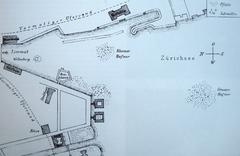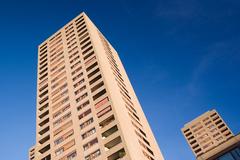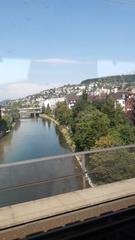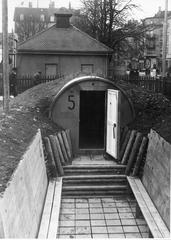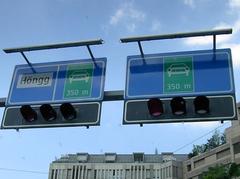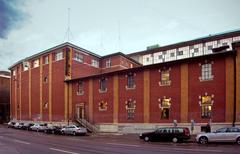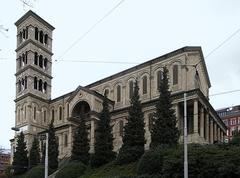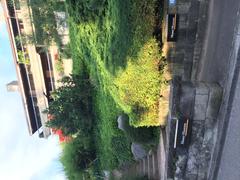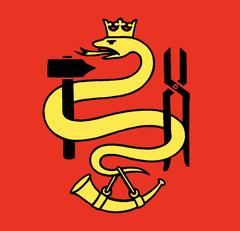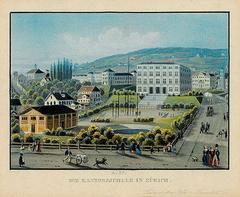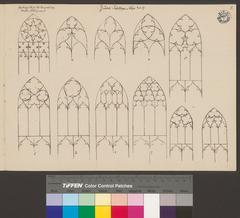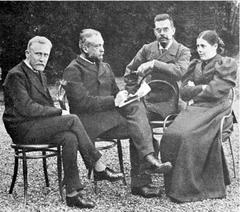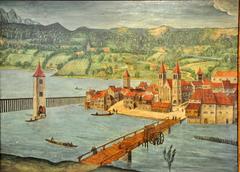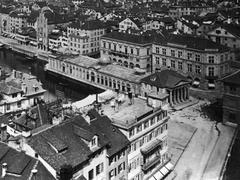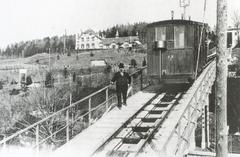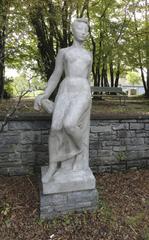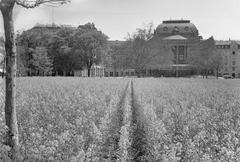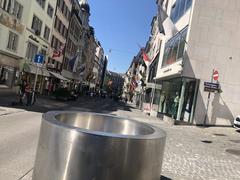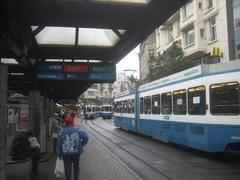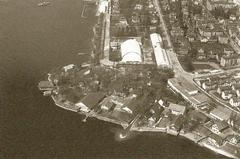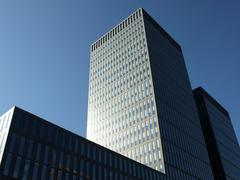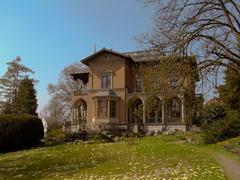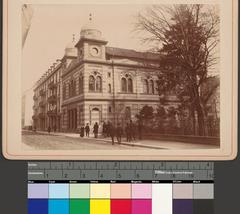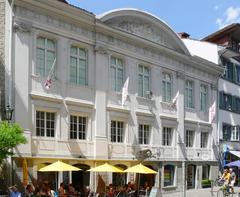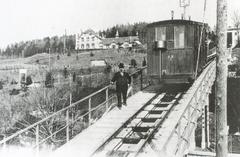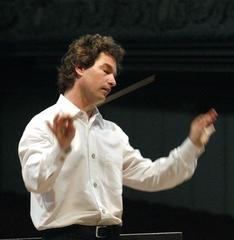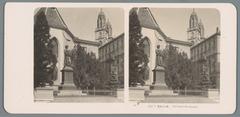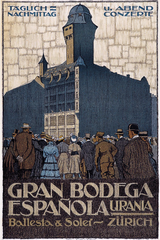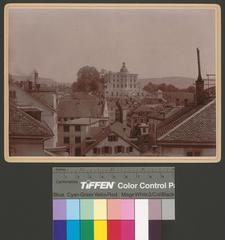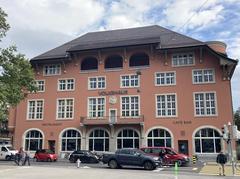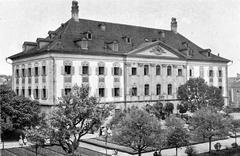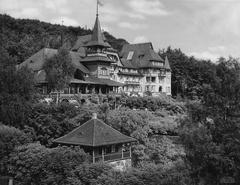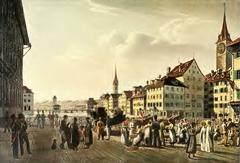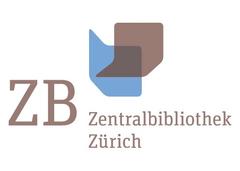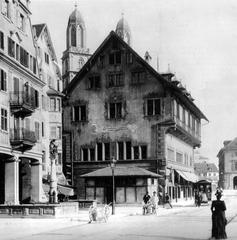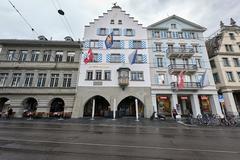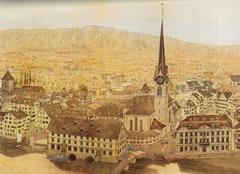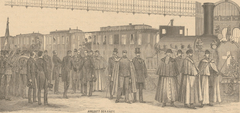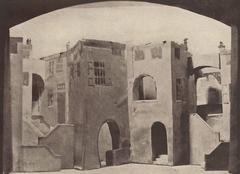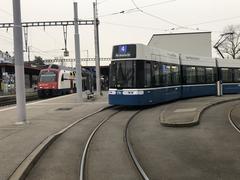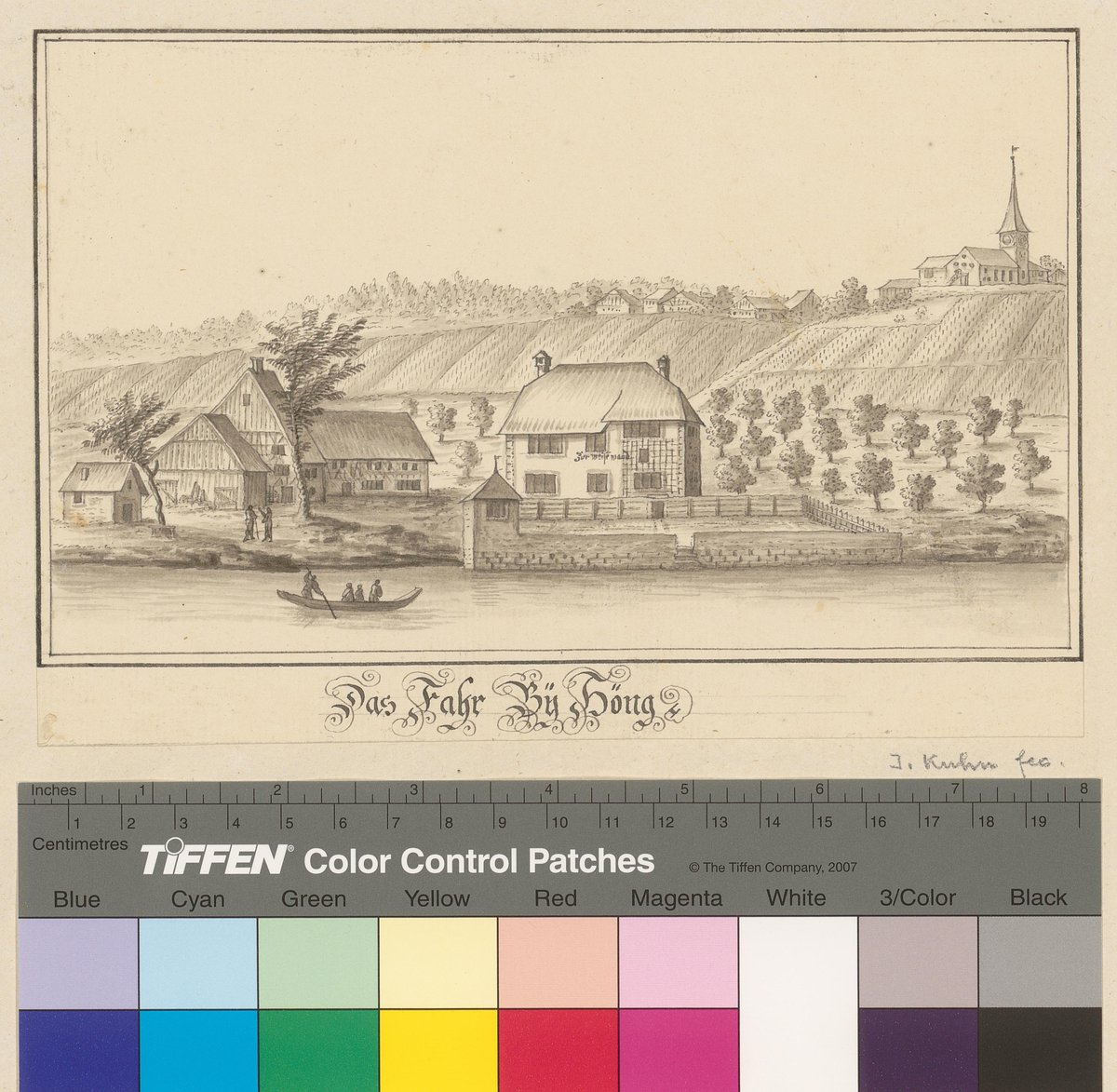
Alte Kirche Höngg: Visiting Hours, Tickets, and Historical Significance in Zurich
Date: 15/06/2025
Introduction
Located in the picturesque Höngg district of Zürich, the Alte Kirche Höngg stands as one of the city’s oldest and most culturally significant landmarks. With a history spanning over 1,200 years, this remarkable church has witnessed Zürich’s religious, architectural, and community evolution from the early medieval period to the present day. From its early beginnings, likely in the 8th or 9th century, to its present role as a vibrant community hub, Alte Kirche Höngg offers a unique window into the history and spirit of Zürich (Wikipedia; Weinweg Höngg).
Table of Contents
- Early Origins and Foundation
- Medieval Development and Architectural Evolution
- The Reformation and Modern Adaptations
- Visitor Information
- Nearby Attractions
- Visual Highlights
- Frequently Asked Questions (FAQ)
- Conclusion & Call to Action
- Sources
Early Origins and Foundation
Alte Kirche Höngg’s site has served as a place of worship for more than 1,200 years, making it one of Zürich’s most ancient church locations. The earliest structures likely date to the 8th or 9th century, predating the construction of Zürich’s Grossmünster and Fraumünster. The original church was probably established as an “Eigenkirche,” a private church built by a landowner, reflecting both religious devotion and social standing in early medieval society (kk10.ch). The first documented mention comes from 870, when ownership passed to the Abbey of St. Gallen, a major ecclesiastical center of the era.
Medieval Development and Architectural Evolution
Throughout the Middle Ages, Alte Kirche Höngg experienced changes in ownership and expansion. In 1359, it became part of the Abbey of Wettingen’s holdings and served not only Höngg but also surrounding villages (Hoengger.ch).
Architectural Highlights
- Romanesque Foundations: The church’s earliest surviving elements include a semicircular choir and Romanesque windows.
- Gothic Expansion: In the 13th century, Gothic-style windows and a rectangular sacristy were added, reflecting the church’s growing importance (de.wikipedia.org).
- Bell Tower: The monumental tower, with its distinctive red-shingled spire and clock faces, is a recognizable landmark visible across the Limmattal valley (kreis10.ch).
- West Porch: Added in 1896, the porch shelters visitors and highlights ongoing adaptation.
The church stands on a morainic terrace above the Limmat River and Hönggerberg, providing panoramic views and a commanding presence in the district (raum.reformiert-zuerich.ch).
The Reformation and Modern Adaptations
The 16th-century Reformation profoundly changed Höngg’s church. In 1523, the community, following the teachings of Huldrych Zwingli, participated in the removal of religious images and statues, adopting the plain and functional style characteristic of Reformed churches. Interior renovations in the 19th and 20th centuries, including updates to the tower and clock, preserved the church’s historical character while enhancing accessibility and comfort (Wikipedia; kk10.ch).
Visitor Information
Visiting Hours & Admission
- Weekdays: Generally open Tuesday to Friday, 9:00–12:00 (parish office hours). Extended hours may apply, especially during events.
- Weekends: Open for worship on Sundays from 10:00–12:00.
- Admission: Free of charge. Donations are welcome to support preservation (official website).
Accessibility
The church offers partial accessibility. The main entrance has steps, and there is currently no ramp or elevator for wheelchair users. Accessible restrooms are available during office hours and events. For detailed access information, consult the visitor info.
Guided Tours
- Individual Visits: Independent exploration is welcomed.
- Guided Tours: Available for groups by prior arrangement, typically conducted in German; English tours can be requested in advance (contact form).
Directions & Travel Tips
- Address: Ackersteinstrasse 190, 8049 Zürich
- Public Transport: Tram lines 13 or 17, and buses 46, 80, and 89 stop at “Höngg” or “Wipkingerplatz.” The church is a short walk from either stop.
- Parking: Limited street parking; public transport is recommended due to Zürich’s parking restrictions (ZVV).
- Cyclists: Bicycle parking is available on-site.
Facilities
- Restrooms: Accessible during office hours and events.
- Refreshments: No on-site café, but many bakeries, restaurants, and cafés are nearby.
Events & Community Life
Alte Kirche Höngg serves as a focal point for worship, music, and cultural activities:
- Worship: Regular Sunday services, baptisms, weddings, and funerals (Stadt Zürich).
- Music: Renowned for its acoustics and historic organ, the church hosts concerts and the annual Höngger Organ Concert Series (Kirche Höngg Musik).
- Community Events: Includes charity bazaars, lectures, and neighborhood gatherings (Kirche Höngg Events).
- Festivals: Central to traditional events like the “Wümmetfest” grape harvest festival (Wümmetfest Höngg).
Nearby Attractions
- Höngg Vineyards: Explore Zürich’s wine-growing tradition.
- Limmat River Promenade: Scenic walks and picnics.
- Hönggerberg: Hiking and panoramic city views.
- Local Museums: Learn more about Höngg’s history (Hoengger.ch).
Visual Highlights
The church’s exterior, with its whitewashed walls, red-shingled spire, and historic gravestones, offers excellent photo opportunities. Inside, stained glass windows and woodwork provide a serene setting. High-quality images and virtual tours are available on Wikimedia Commons and the official website.
Frequently Asked Questions (FAQ)
Q: What are the visiting hours?
A: Generally Tuesday–Friday, 9:00–12:00, and Sundays for worship. Hours may vary; check the calendar.
Q: Is there an entry fee?
A: No, admission is free. Donations are appreciated.
Q: Is the church wheelchair accessible?
A: Accessibility is limited; contact the office for details.
Q: Can I take photos inside?
A: Yes, non-flash photography is allowed except during services.
Q: Are guided tours available in English?
A: Yes, with advance notice.
Q: How do I get there by public transport?
A: Tram lines 13/17 or buses 46, 80, and 89 to “Höngg” or “Wipkingerplatz.”
Conclusion & Call to Action
Alte Kirche Höngg is a living testament to Zürich’s spiritual and cultural history, offering visitors a journey through centuries of architecture, worship, and community life. Its accessible setting, free admission, and vibrant calendar of events make it an essential stop for anyone exploring Zürich’s heritage.
To enrich your experience, consider booking a guided tour or attending a concert or festival. For up-to-date information, visit the official website and check event listings. Download the Audiala app for interactive audio tours and follow us on social media for the latest news about Zürich’s historical sites.
Sources
- Alte Kirche Höngg: A Historic Zürich Landmark and Visitor’s Guide, Kirchenkreis 10
- Alte Kirche Höngg - Wikipedia
- Höngger Kirchengeschichte im Ortsmuseum, Hoengger.ch
- Reformierte Kirche Höngg - Kirchenkreis 10
- KulturBox Höngg Event Calendar
- Zürich Tourism - Alte Kirche Höngg
- Kreis 10 Veranstaltungen
- Wikimedia Commons - Reformierte Kirche Höngg
- Weinweg Höngg
- Zürich Public Transport (ZVV)
